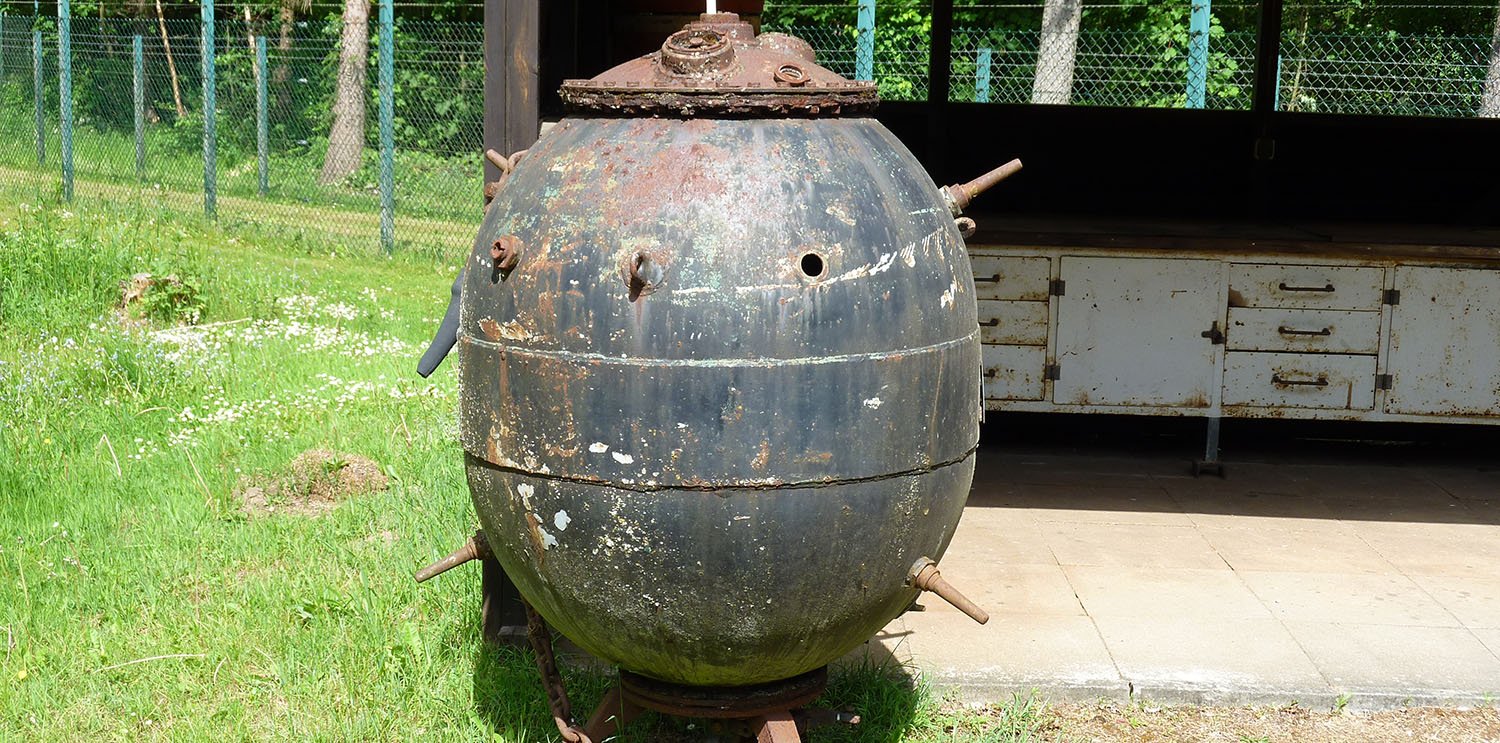Mine warfare in the North Sea
Uwe Wichert
Mine warfare in the North Sea began with a modest operation in the Franco-Prussian War of 1870/71. The approach to Wilhelmshaven was secured by mine barriers to prevent French forces from entering, as a French squadron had previously briefly flown the flag at Helgoland. These barriers were then intensively guarded by the existing coastal defence units, but not a single French ship came anywhere near the restricted areas during the war.
After the war, the development of mines, at that time still combined with torpedoes, was further promoted, but without producing any spectacular activities. The first real sea mine, the model C 77, was put into service in 1877. It was an anchor mine with five lead-cap detonators and an explosive charge of 40 kilos. This mine remained an active weapon in the navy and was also used intensively at the beginning of the First World War. It can therefore be regarded as the forefather of German mine development. The successor types were then developed from this mine, the C 77 CA, C06, C05, Carbonit mine and, from 1912, the Einheitsmine A (EMA).
The Russian Empire also bought the C 77, rebuilt it and put the mine into service as the Model 1877. Somewhat later, after evaluating the use of mines in the Japanese-Russian War, Germany began to build up its mine defences from 1905 and equipped them with old torpedo boats that were no longer suitable for their original use, but which were still quite provisional and fitted with simple search equipment.
As in Germany, mining in Great Britain was a shadowy industry. Until the First World War, the stock of mines here mainly comprised British Elia mines, a replica based on the Italian Elia mine and the MK I anchor mines developed in-house. The firing mechanism was based either on lead-cap shock fuses according to the Hertzhorn principle or on ignition by lever arms, i.e. mechanical ignition triggering.
In 1918, the first 472 bottom mines developed by England were deployed. They were laid by the 20th Destroyer Flotilla off the Belgian coast. Equipped with a magnetic detonation system, the mine detonated around 450 kilos of explosives. However, this type of mine was very unreliable, with around 60 per cent of the minelayers reporting single detonations immediately after the mine was thrown or shortly afterwards.
Access?
- Access to all articles from the marineforum magazine
- Easy payment via PayPal, direct debit or credit card
- The subscription can be cancelled at any time free of charge
- Free of charge for MOV members












0 Kommentare